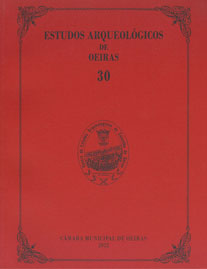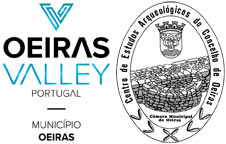Teixeira de Aragão (1823‑1903), pioneiro do coleccionismo arqueológico em Portugal
Palavras-chave:
archaeological collections, XIX century, Teixeira de Aragão, PortugalResumo
The scientific contributions of Teixeira de Aragão are determined by a combination of various social, cultural and economic factors that also explained the emergence of archaeological collections in Europe in the second half of the 19th century.
In a universe that unfolded between the exercise of a militar career (as a) and the cultivation of art and erudition, Aragão develop a network of contacts that included the most financially wealthy collectors, including King D. Luís. The beginnings of his long activity as collector was characterized by its relationship with landowners or simple rural workers in a geographical area located near the city of Tavira, close to which abundant Roman remains were collected, which constituted the essence of its archaeological collection.
He worked with two of the main archaeologists and authors of museological projects of his time – Estácio da Veiga and Leite de Vasconcelos – and the effective contributions in the field of Archeology that are owed to him, were until now underestimated by his notoriety and excellence in the field of Numismatics. Such are the objectives of the present work, which will also contribute to the knowledge of the trajectories of some archaeological pieces of this collection, from the last decades of the 1800s to to the present.
Downloads
Publicado
Como Citar
Edição
Secção
Licença
Os artigos publicados são da exclusiva responsabilidade dos Autores.
É expressamente proibida a reprodução de quaisquer imagens sobre as quais
existam direitos de autor sem o prévio consentimento dos signatários dos artigos
respectivos.




